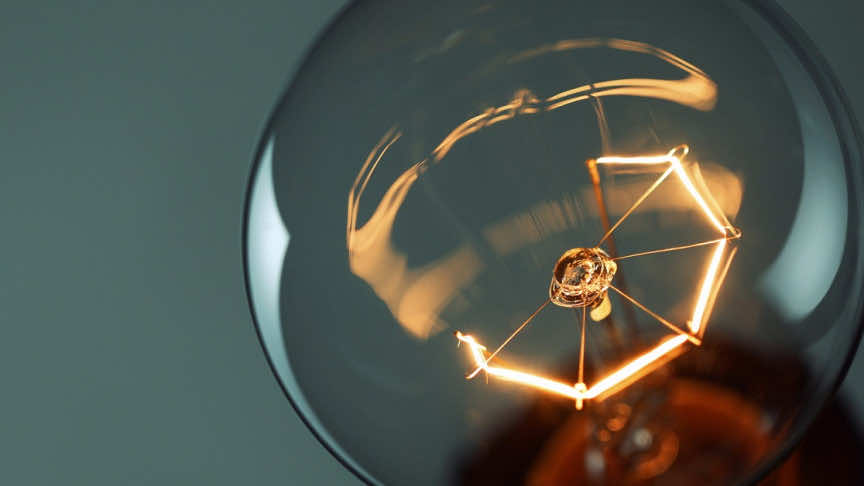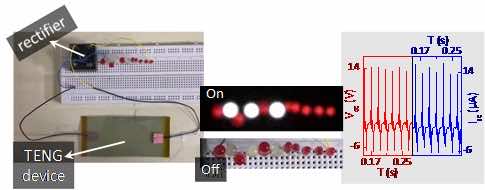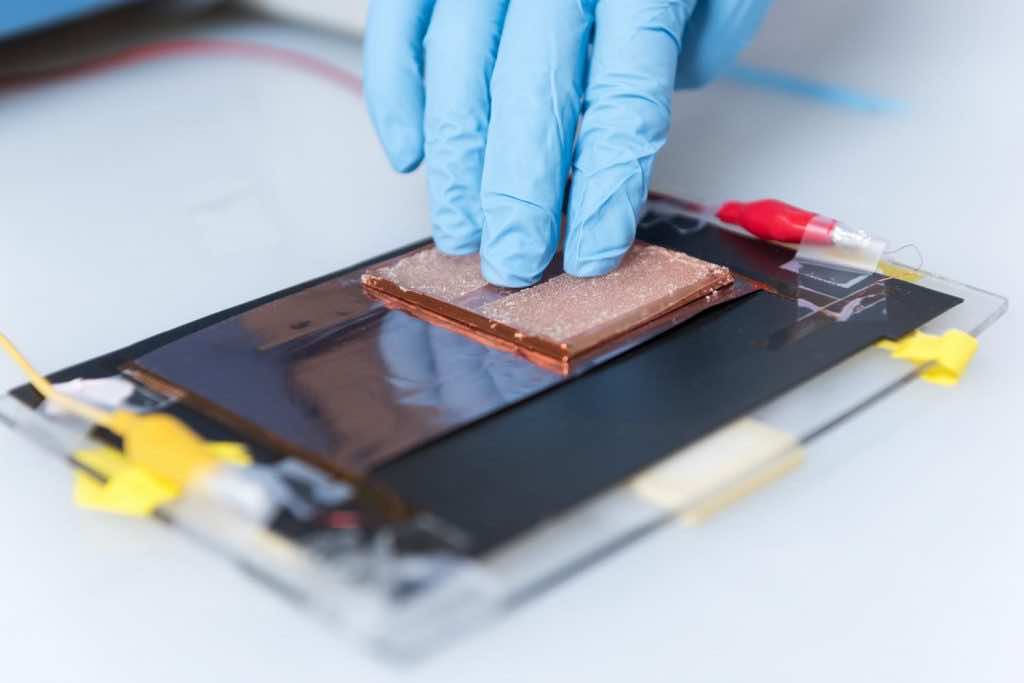According to a team of Indian scientists, a transparent triboelectric nanogenerator (TENG) uses vibrations from everywhere around as a source of electricity for use in optoelectronics, self-powered gadgets, and other biomedical applications to the ministry of science and technology. The fabricated device could light up to 11 LEDs by hand tapping motion.

Dr. Shankar Rao, from the Centre for Nano and Soft Matter Sciences, has broken the shackles and introduced a transparent triboelectric nanogenerator (TENG), using thermoplastic polyurethanes (TPU) either in the form of electrospun nanofibers or as a flat film using the simpler doctor’s blade technique, along with polyethylene terephthalate (PET) as tribo layers. The Centre provided the patronage for Nano and Soft Matter Sciences, Bengaluru, an autonomous institute under the department of science and technology, Government of India.

Electrospinning is at the heart of obtaining the TPU Nano Fibres. The doctor’s blade technique is done by squeezing the material with the help of a blade. Keeping in view the simplicity and cost-effectiveness of the procedure, the technique is highly effective. The resulting device is also highly reliable and can withstand the rigors of long medical procedures and surgeries. The outcomes were published in the Journal of Nanoscience and Nanotechnology, according to the ministry’s verdict.
The search for renewable energy has increased manifold over the recent years, with global warming and climatic changes posing a potent threat to the survival of humanity. Some ways to generate electricity that are in line with the climate change on the fore are piezoelectric, thermoelectric, and electrostatic techniques used in devices like touch screens, electronic displays, etc.

The mechanical energy in the form of vibrations present everywhere is used by triboelectric nanogenerators (TENG) to generate different forms of electricity. The energy-generating TENG operates on the rules of creation of electrostatic charges via instantaneous physical contact of two unlike materials followed by generation of considerable difference. This makes the electrons move over the tribo layer and as a result, electricity is generated. TENG uses expensive methods such as photolithography or reactive ion etching, in addition to processes like electrode preparation.
The fabricated device has the power to provide energy to 11 LEDs by gentle hand tapping. It is poised as a serious contender for use in optoelectronics, self-powered devices, and other biomedical applications.


